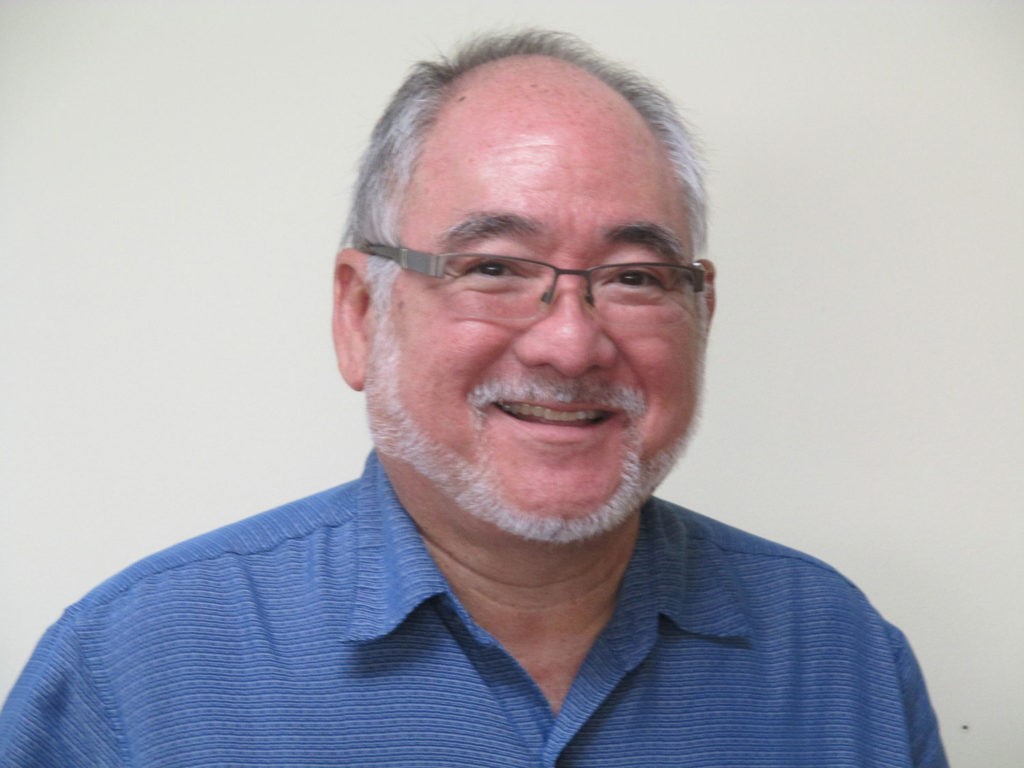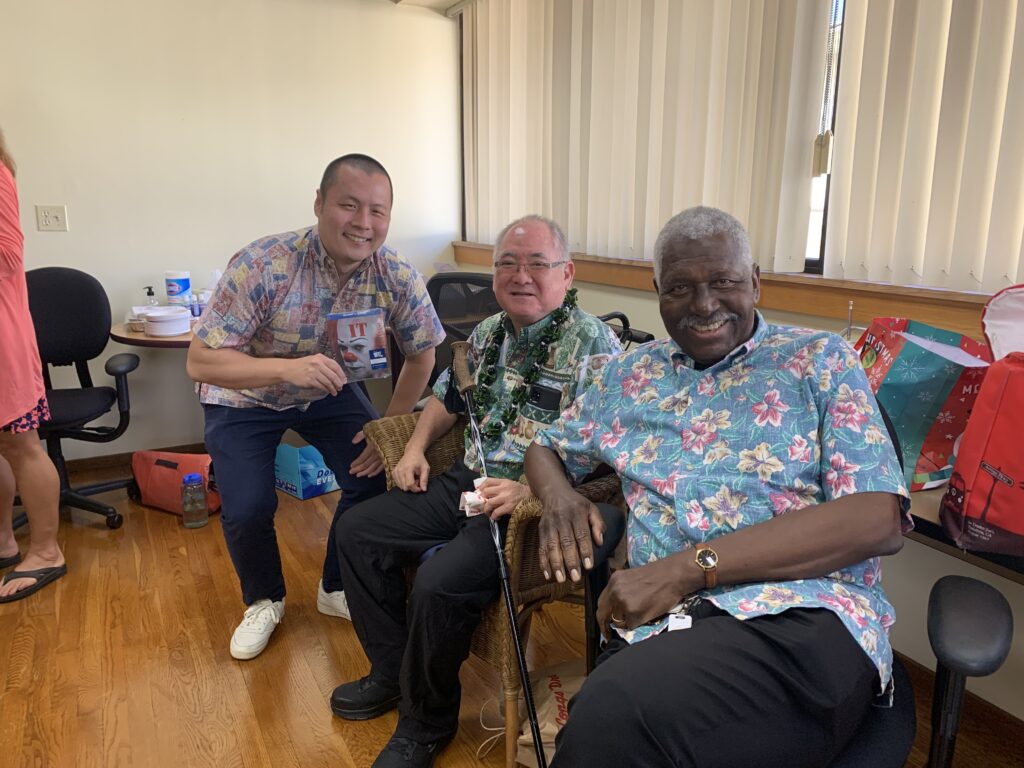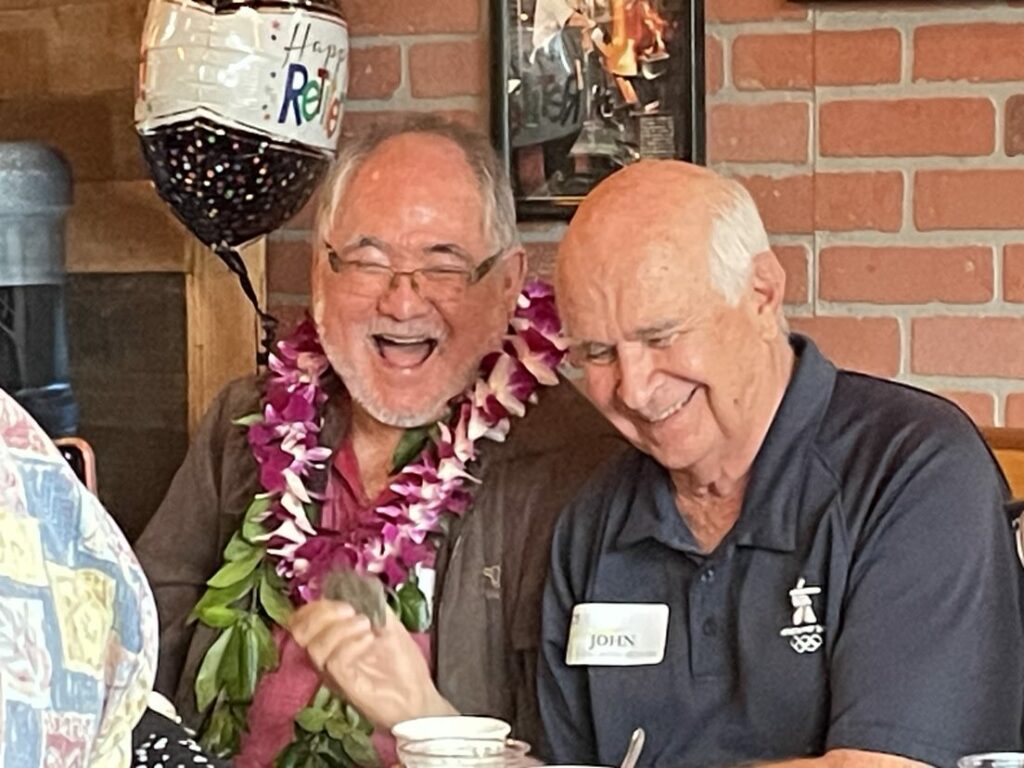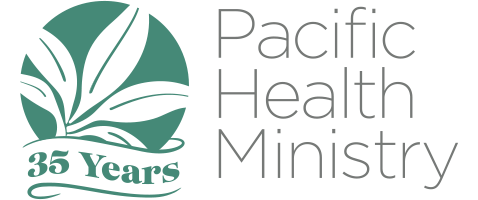“It takes guts to be a chaplain. If you allow yourself to listen, you’ll be able to hear God’s voice in many different areas. That’s where all the growth comes from.”
Throughout his twenty-four years in chaplaincy, Rev. Nathan Kohashi has been a testament to the power of compassion and the beauty of simply showing up. Although he has officially retired, his legacy continues to pave the way for generations of chaplains yet to come.
Born and raised in Hawai‘i, Nathan’s journey into chaplaincy wasn’t a predetermined path. “Not at all,” he chuckles, reminiscing about his unconventional entry into chaplaincy. “I stepped away from the church for a while with the thought of coming back a bit later.” Little did he know that this detour would lead him to discover his true calling.

Invited to interview for a chaplain position at a hospital, Nathan initially viewed it as a temporary stint. “I told God that I would never be a chaplain, but I also told God that I would never be a minister. So, I guess we are a source of great humor to God.”
Nathan’s journey of self-discovery within chaplaincy unfolded gradually. Initially, he perceived himself as a poor chaplain in seminary. Yet, through introspection and divine guidance, he learned the importance and art of simply showing up.
Embracing this newfound purpose, Nathan delved into the Clinical Pastoral Education (CPE) program, a transformative journey that shattered preconceived notions and ignited a profound sense of empathy and understanding. “CPE classes were the most helpful classes I had ever taken,” he admits. “It allowed me to put into action what I was learning and see if it worked.” Inspired by the lessons of CPE, Nathan embarked on his vocation with Pacific Health Ministry serving at Straub Medical Center and then Pali Momi Medical Center, where he served for over two decades.
Reflecting on his support for Pacific Health Ministry (PHM), Nathan emphasizes the pivotal role of chaplains within hospital settings. “PHM serves a purpose by being able to be there and acknowledge those in the hospital,” he asserts. “Chaplains unexpectedly make a difference in many ways.”

Nathan worked closely with PHM Founder, Rev. John Moody, who emphasized a crucial distinction between a church and a hospital. The patients are likened to snowbirds (individuals who live in colder climates but spend extended periods in warmer climates like Hawai‘i) in hospitals, while the staff represents the core congregation. “I recognized this difference immediately and understood that focusing on supporting the staff in their roles can bring meaning to their work.” Like the churches where the pastor serves everyone, hospital chaplains can minister to any member of the hospital staff. This unique role allows them to hear the dreams and plans of the staff, contributing to increased job satisfaction and a more cohesive work environment. “This aspect of the job is particularly enjoyable for me,” he adds, “As it enables the team to collectively minister to patients and their families, ultimately benefiting those who seek care.”
When asked how chaplaincy has grown in healthcare since starting his career, Nathan reminisces about his efforts to establish chaplaincy programs in hospitals introducing them to the value of spiritual support. He recalls initiating cherished traditions, such as handwritten thank-you cards personalized with staff members’ first names and an Amaryllis plant for every department. Describing the impact of these gestures, he notes, “With the Amaryllis plant, they see it grow every day. The chaplains are the ones who brought that. Thus, our presence is there even when we aren’t.” Fourteen years later, these thoughtful acts continue to enhance the hospital experience for both staff and patients.
Nathan’s legacy is not merely defined by his years of service, but by the enduring imprint he leaves upon the hearts of those he has touched. With a smile, he imparts his wisdom to aspiring chaplains: “It takes guts to be a chaplain. If you allow yourself to listen, you’ll be able to hear God’s voice in many different areas. That’s where all the growth comes from.”

